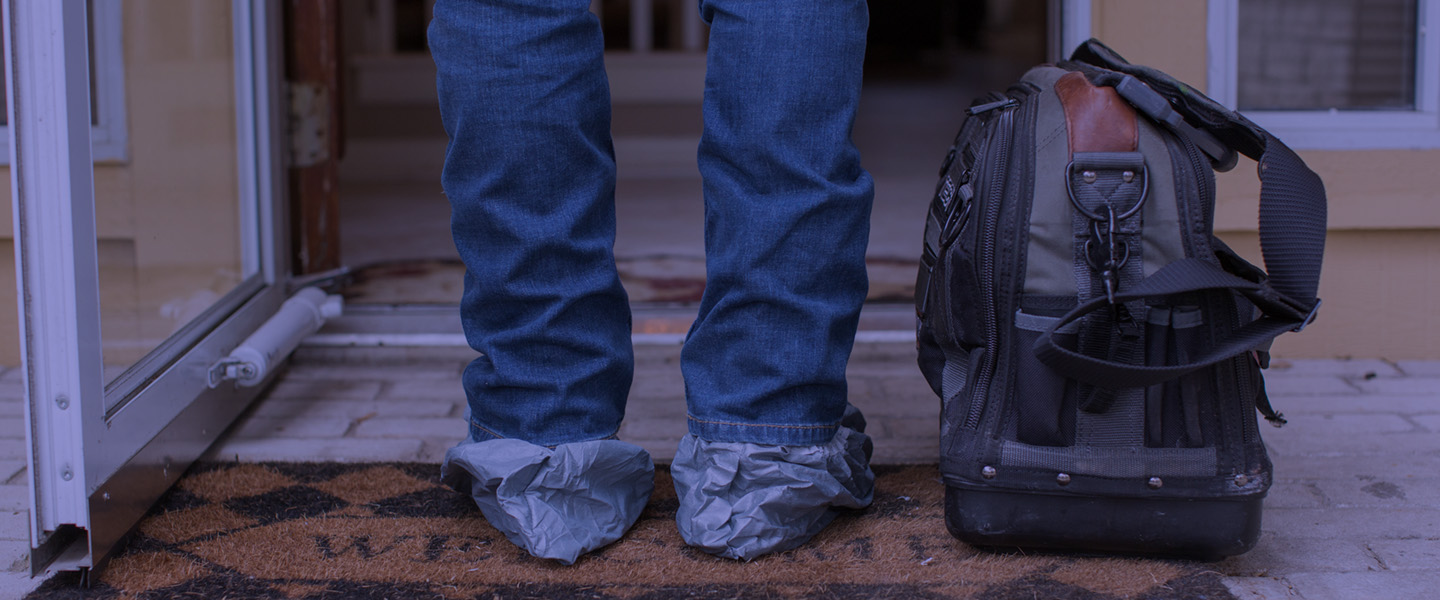0% for 36 Months or 10% off a New AC. Learn More >
Minisplit Maintenance in Austin
Minisplits are simply a more compact single delivery HVAC unit, and they require essentially the same maintenance as conventional HVAC systems.
Our Minisplit Maintenance Process
When you call us, we’ll schedule an appointment with one of our technicians at your convenience. If you are part of our minisplit maintenance program, we’ll remind you when it’s time to schedule. You’ll also save on each maintenance visit and receive discounts on minisplit repairs, and well as electrical and plumbing work.
On the day of your minisplit maintenance, we’ll notify you when we’re en route to your property. Once onsite, our technician will follow our checklist – including the items listed below – and record their findings. If all is as it should be, we’ll see you at your next maintenance visit. If any issues are noted, the technician will review them with you along with their recommendations on how to move forward. We have fully stocked trucks and can typically perform any approved repairs the same day. We back all our repairs with a 1-year warranty on both parts and labor.
Minisplit Brands We Service
Efficient maintains and repairs all brands, including but not limited to:
-
Mitsubishi
-
Daikin
-
LG
-
Samsung
-
Friedrich
-
Toshiba
Things You Can Do as a Property Owner to Maintain Your Minisplit
Three things: cleaning, cleaning and cleaning.
- Most importantly and frequently, clean the air filter. Most are removable and washable, making it a relatively simple task.
- Clean the condenser coils with low pressure water, and make sure the surrounding area is free of insects and foliage.
- Clean the condensate drain from the unit to the disposal point (a tougher job).
How Often Do You Need to Clean a Minisplit Filter?
At the start, monthly. If the filter is hardly dirty, you may be able to extend the frequency to quarterly or even semi-annually. Use and environment are major factors in determining the frequency. Unless the use is very infrequent, Efficient does not recommend reducing to only annual filter cleanings.
How Often Should I Clean My Minisplit?
Separate from the filter cleanings, under normal conditions, condensing coils should be cleaned annually, more frequently in very dirty conditions. Ideally, drains should be cleaned twice per year – once at the very minimum.
How to Service a Minisplit
For DIYers, there are many sources on the best ways to clean condensers and drains. If this is the path, keep in mind that force is not your friend. Too much water pressure or scrubbing on condenser coils can damage the condenser. Avoid getting water in electrical parts or boxes. Also, too much force on drain lines, whether by hand or air pressure, can blow apart joints – creating leaks. Applying a vacuum at the exit end of the drain line is a safer method and can work if done carefully. Always be gentle with all HVAC components. For non-DIYers, consider just cleaning your own filters and leaving the rest for your service provider.
How Often Do Minisplits Need Refrigerant (Commonly Referred to as Freon) / How Often Do Minisplits Need to Be Recharged?
Minisplits typically come with a charge adequate up to a specified refrigerant line length. Line lengths that exceed this specification, but are within the maximum allowable range, require weighing and adding refrigerant (freon) before startup. After the initial startup, a properly performing minisplit should not need refrigerant added. If it does, this usually means a leak is developing and the root cause needs to be addressed.
Minisplit Maintenance Checklist
During a minisplit maintenance visit, our technician will:
- Clean air filters and inspect the coil and blower for cleanliness
- Check blower motors in operation for excessive noise/vibration
- Secure loose guards and panels
- Inspect all electrical connections and hardware
- Test all safety controls
- Check and clean condensate pump and drain lines
- Check interior unit for proper operation
- Inspect the condenser motor
- Inspect the condenser coil, air intake and discharge
- Check all refrigerant piping and insulation
- Check exterior unit for proper operation
How Much Does it Cost to Clean a Minisplit?
As of May 2024, the cost of a minisplit maintenance visit at Efficient is $119 for a single or first unit and includes what is outlined in the checklist above. Minisplit maintenance cost for an additional unit or any unit on a maintenance plan is $79 per visit.
If extra cleaning of the minisplit is required, it can become costly – from $69 for a standard condensing unit rinse to up to $595 for a thorough condensing unit cleaning, which requires us to disassemble the system. The same can be said for the indoor air handling unit. Keeping the filters clean is crucial. If the indoor coil and blower get dirty, we must disassemble the entire indoor air handling unit in order to properly clean it. This can run between $350 and $650, which is almost as much as the cost of a new indoor unit.
How Long Do Minisplits Last?
Minisplit lifespan is typically 10-15 years when installed and started up properly – similar to a conventional HVAC system. Minisplits are generally as reliable as conventional HVAC units; however, there are a few areas requiring attention. Washable filters may eventually need to be replaced, particularly if a hole develops. Many minisplit installations require a drain pump for condensate. Pumps generally do not have a long life and may need periodic replacement; every few years is typical. When adding a minisplit, if there is any way to route the drain without a pump (e.g. gravity to the discharge point), consider this alternative. Finally, ducted minisplit indoor units with a flat (above ceiling) configuration have poor history with coil leaks across many brands. Some of these leaks develop in a few short years, and while these leaks are often attributed to environmental factors by manufacturers, conventional split units do not frequently have the same issues. The exposed units (wall consoles most commonly) and vertical cabinet models do not seem to share the same history with leaks.
Minisplit Maintenance: Key Takeaways
A properly maintained minisplit will consume less energy, perform better, break less often and last longer. Yes, there is a small cost to annual maintenance. However, there is a larger, long-term cost to lack of maintenance in the form of expensive repairs and premature replacement. Maintaining a clean unit, including the filters and condensate pump, helps to prevent these issues. If a component does fail, it may not be cost effective to repair and/or newer parts might not be compatible with your older model, so you could end up needing a full minisplit replacement. Let’s keep those machines in top shape instead!
To schedule your minisplit maintenance appointment, give us a call at 512-501-2275 or fill out our quick form.

